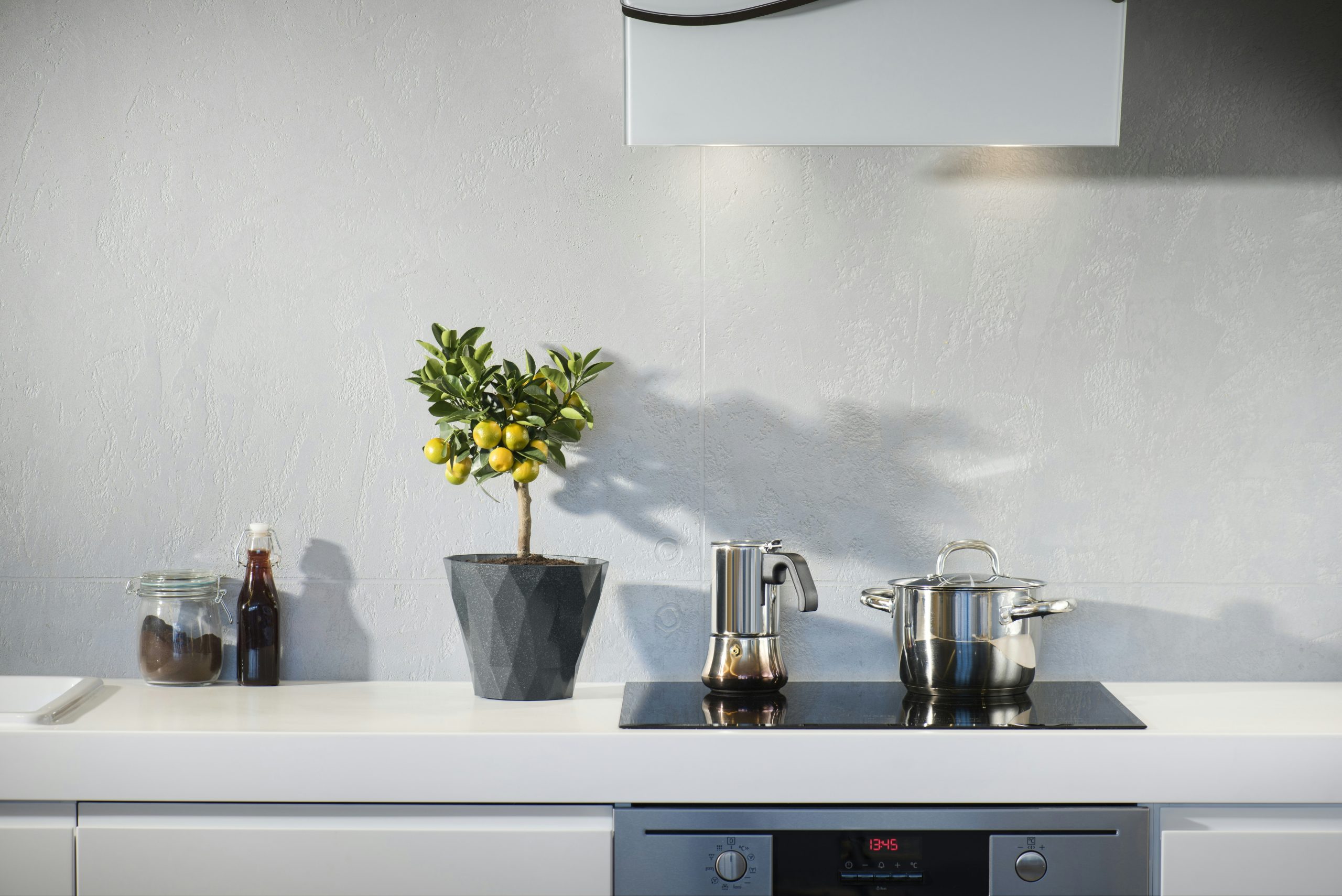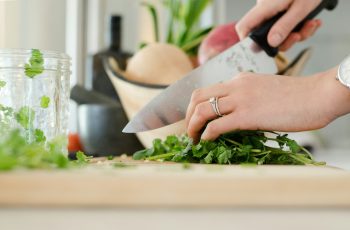Ad Blocker Detected
Our website is made possible by displaying online advertisements to our visitors. Please consider supporting us by disabling your ad blocker.
Imagine never having to struggle with cooking rice ever again. With these simple tips, you can achieve perfect rice every time in your electric pressure cooker. Whether you’re a seasoned chef or a beginner in the kitchen, these techniques will ensure that you never end up with mushy or undercooked rice again. Say goodbye to the guesswork and hello to perfectly fluffy rice that will leave your taste buds begging for more. Get ready to elevate your rice game with these foolproof tips for cooking rice in your electric pressure cooker.
Choosing the Right Rice
When it comes to choosing the right rice for your electric pressure cooker, there are a few factors to consider. The first thing you need to think about is the type of rice. There are many different types of rice available, such as long-grain, short-grain, basmati, jasmine, and more. Each type of rice has its own unique characteristics and is best suited for different dishes.
If you prefer fluffier rice with distinct grains, long-grain rice is the way to go. It becomes light and fluffy when cooked, making it perfect for dishes like pilaf or stir-fried rice. On the other hand, if you want your rice to be stickier, short-grain rice is the better option. Short-grain rice tends to stick together, making it ideal for dishes like sushi or rice pudding.
Another important factor to consider when choosing the right rice is cooking time. Some types of rice cook faster than others, so you need to take this into account when planning your meal. For example, long-grain rice usually cooks faster than short-grain rice. Keep in mind the cooking time of your chosen rice variety to ensure that your electric pressure cooker will be able to cook it thoroughly.
Rinsing the Rice
Before you start cooking your rice in the electric pressure cooker, it’s important to rinse it properly. Rinsing the rice helps remove any impurities and excess starch, resulting in fluffier and tastier rice.
To rinse the rice, start by placing it in a fine-mesh sieve or colander. Then, hold it under cold running water. Gently rub the rice grains together with your fingers to remove any excess starch. Keep rinsing and rubbing until the water runs clear, indicating that most of the starch has been removed. This process typically takes about two to three rinses, but it may vary depending on the type of rice.

Measuring the Rice and Water
Properly measuring the rice and water is crucial for achieving perfectly cooked rice in your electric pressure cooker. Using the appropriate measuring cup ensures that you get the right proportions and avoid ending up with either dry or soggy rice.
For most types of rice, a 1:1 ratio of rice to water works well. This means that for every cup of rice, you’ll need one cup of water. However, if you prefer stickier rice, you can increase the water ratio slightly. For example, you can try using 1.25 cups of water for every cup of rice. On the other hand, if you want drier rice, you can decrease the amount of water used.
It’s also important to remember that the ratio of rice to water may vary depending on the specific rice variety and the desired texture. Some types of rice, like brown or wild rice, may require more water and longer cooking times. Always refer to the cooking instructions that come with the rice or experiment to find the perfect ratio for your preferred texture.
Pre-soaking the Rice
While pre-soaking rice is not always necessary, it can be beneficial for certain types of rice. Pre-soaking helps soften the rice, resulting in a more even and consistent texture when cooked. It can also help reduce the cooking time.
To pre-soak the rice, simply place it in a bowl and cover it with water. Let it soak for at least 30 minutes or up to a few hours, depending on the type of rice. After soaking, drain the rice using a fine-mesh sieve or colander to remove excess water. This step is important as it ensures that the correct amount of liquid is used for cooking.
Keep in mind that not all types of rice require pre-soaking. This step is commonly recommended for brown or wild rice, but it may not be necessary for white rice or other types with shorter cooking times. Always check the packaging or cooking instructions for guidance on whether pre-soaking is necessary.

Adding Flavor to the Rice
One of the joys of cooking rice in an electric pressure cooker is the ability to infuse it with delicious flavors. While rice itself has a mild taste, adding seasonings or spices can greatly enhance its flavor and complement your dish.
Consider adding seasonings like salt, pepper, garlic powder, or onion powder to the rice before cooking. You can also get creative and experiment with different spices to suit your taste preferences. For example, you can add cumin and turmeric for an Indian-inspired rice dish or chili powder for a Mexican twist.
If you’re looking for an extra boost of flavor, consider using broth instead of water when measuring the liquid for cooking. Vegetable, chicken, or beef broth can add depth and richness to your rice. Additionally, you can substitute the water with a flavored liquid like coconut milk or tomato juice for a unique and tasty twist.
The key to adding flavor to your rice is to be adventurous and experiment with different combinations of herbs, spices, and liquids. Don’t be afraid to get creative and have fun with it!
Setting the Electric Pressure Cooker
Setting up your electric pressure cooker correctly is essential for cooking perfect rice every time. Follow the manufacturer’s instructions specific to your cooker model to ensure that you use the appropriate settings and avoid any potential safety hazards.
Most electric pressure cookers have a rice cooking function or a setting specifically designed for cooking rice. Select this function and set the cooking time according to the type of rice you are using. The cooking time may vary depending on the model of your cooker and the specific rice variety, so it’s important to refer to the cooking instructions provided.
If necessary, you can adjust the cooking time to achieve your desired rice texture. For example, if you prefer softer rice, you can increase the cooking time slightly. Similarly, if you want firmer rice, you can decrease the cooking time. Keep in mind that experimentation may be required to find the optimal cooking time for your preferences.

Natural Release vs. Quick Release
Once the cooking time is complete, you have two options for releasing the pressure in your electric pressure cooker: natural release and quick release. The method you choose will depend on the desired texture of your rice.
Natural release involves letting the pressure in the cooker naturally dissipate over time. This method is recommended for achieving fluffier rice. It allows the starches in the rice to settle and the grains to fully absorb the remaining moisture. Simply turn off the heat and let the cooker sit undisturbed for about 10 minutes or until the pressure indicator drops.
On the other hand, if you prefer stickier, slightly moist rice, you can opt for the quick release method. Quick release involves manually releasing the pressure by turning the pressure release valve. Be cautious when performing a quick release, as the steam can be hot and may cause burns. Once the pressure has been released, carefully remove the lid and proceed to the next step.
Fluffing and Resting the Rice
After the pressure has been released and you’ve opened the electric pressure cooker, it’s time to fluff and rest the rice. Fluffing the rice with a fork helps separate the grains and prevents them from clumping together.
To fluff the rice, gently insert a fork or a rice paddle into the cooked rice. Gently fluff and mix the rice, ensuring that the grains are evenly distributed and separated. Be careful not to overmix, as this can cause the rice to become mushy.
Once the rice has been fluffed, it’s important to let it rest for a few minutes before serving. This resting period allows the rice to settle and the flavors to meld together. Cover the electric pressure cooker with the lid and let the rice rest for about five minutes. This short resting period will result in a more flavorful and cohesive dish.
Troubleshooting Common Rice Issues
Even with all the right steps, sometimes things don’t go as planned. If you encounter any issues with your rice, here are some troubleshooting tips:
-
If the rice turns out too dry, add a little more liquid, perhaps half a cup or less, and steam it for a few more minutes. This will help the rice absorb the additional moisture and become fluffier.
-
If the rice turns out too sticky, reduce the amount of water used next time. Stickier rice is often a sign of using too much liquid. Adjust the water-to-rice ratio to achieve your desired texture.
-
If the rice is undercooked, increase the cooking time. It’s not uncommon for electric pressure cookers to have slight variations in cooking times. Experiment with longer cooking times to ensure the rice is fully cooked and tender.
Remember, cooking rice perfectly in an electric pressure cooker may take some practice. Don’t be discouraged if your first few attempts aren’t quite what you expected. With time and a bit of experimentation, you’ll find the right ratio, cooking time, and techniques that work best for you.
Experimenting with Different Rice Varieties
One of the wonderful aspects of cooking rice in an electric pressure cooker is the opportunity to explore various rice varieties to discover new flavors and textures. Don’t limit yourself to the familiar; branch out and experiment with different types of rice.
Try cooking brown rice for a nutty and nutritious alternative to white rice. Basmati rice, with its delicate aroma, pairs wonderfully with Indian and Middle Eastern dishes. Jasmine rice adds fragrance and sophistication to Asian-inspired meals. Some rice varieties, like wild rice, require longer cooking times and may benefit from pre-soaking.
As you venture into cooking with different rice varieties, keep in mind that cooking times and water ratios may need to be adjusted to suit each specific rice type. Consult the packaging or cooking instructions for guidelines on the appropriate measurements and cooking times.
Don’t forget to explore recipes that specifically call for different rice varieties. These recipes often take into account the unique characteristics and flavor profiles of each type of rice, ensuring a delicious outcome.
So go ahead, immerse yourself in the wide world of rice! Have fun experimenting, savor the flavors, and enjoy the journey of discovering new dishes with your electric pressure cooker. Remember, with a little practice and a sense of adventure, you’ll be creating perfect rice every time, impressing yourself and your loved ones with your culinary skills.

